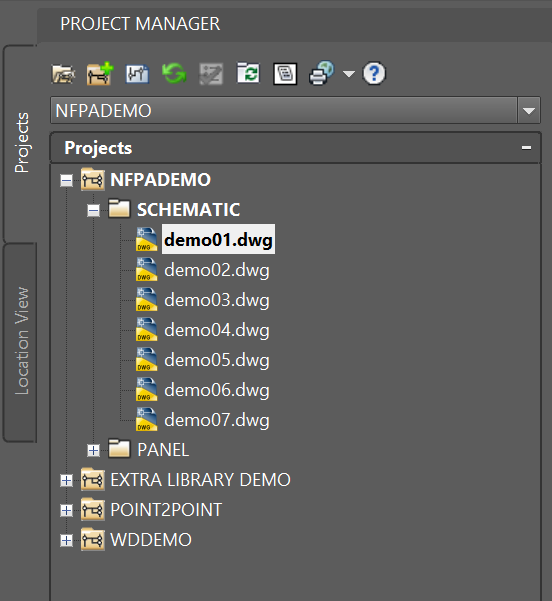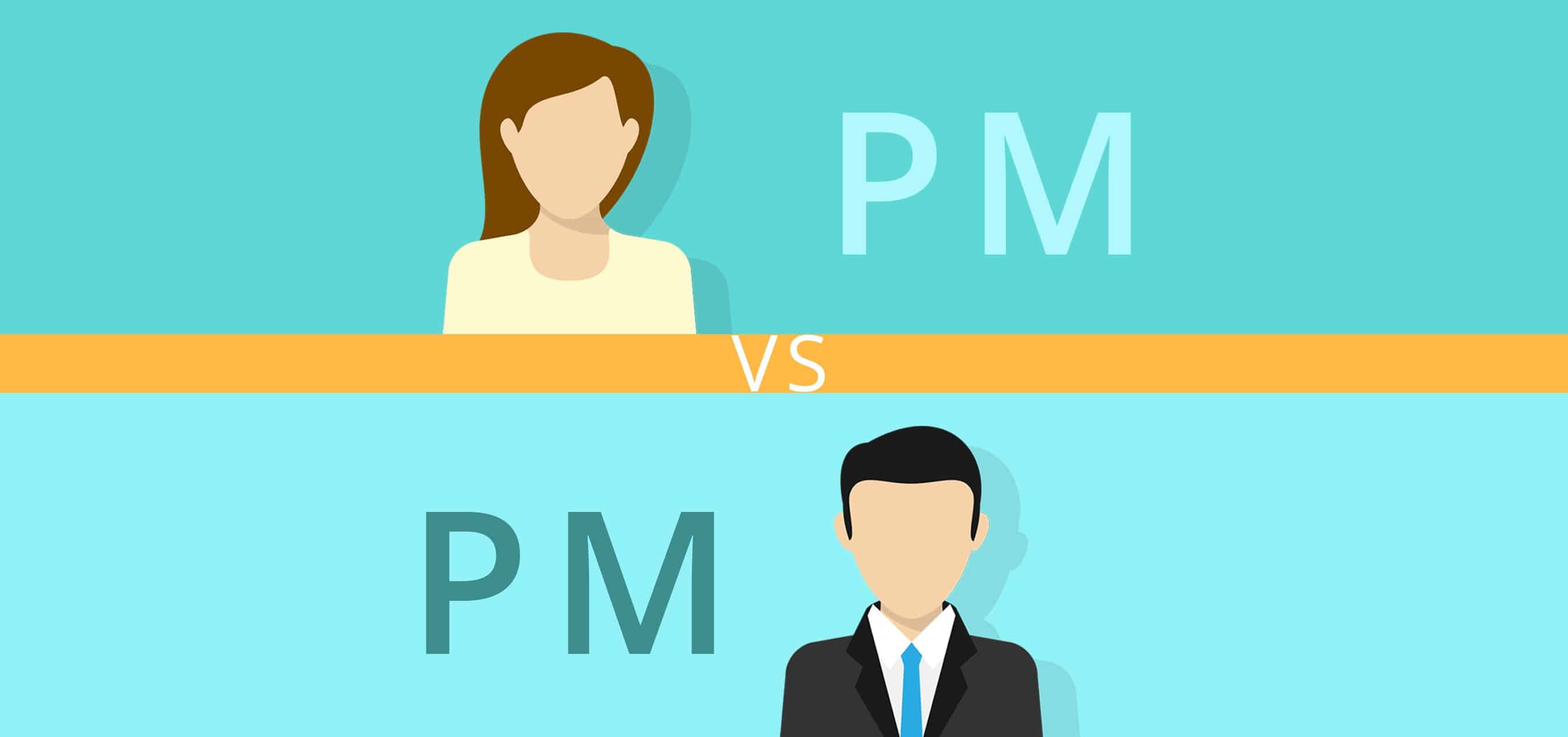Table Of Content

Otherwise, things will start to slip through the gaps if you're not thoroughly planning each step of the process. The combination of different creative minds makes it hard to take a linear approach to project management for design professionals. This process relies heavily on connecting two or more parties – typically the designer and requestor – to work together on delivering assets for one or more projects. The task could be anything from a webpage design, branding materials such as an interactive PDF, creating a logo, or something that requires multiple assets like a digital marketing campaign. A “kickoff” usually starts a project where the entire team and stakeholders gather to discuss the problem the project must solve and relevant deliverables.
How to showcase your project management skills
Designers must iterate fast to deliver within timeframes while ensuring they solve the project’s core problem according to the design brief and users’ needs. Unfortunately, traditional image-based design tools lack the fidelity and functionality designers need to achieve this successfully. In this stage, you are turning over the approved deliverables to your client or stakeholders for the last time and ensuring you met their expectations from top to bottom. As a project manager, this is also the time to double-check that every task is marked as complete and that the internal copies or your assets are properly named and categorized. Your design project usually starts with a request—not to be confused with a roadmap! Your request just covers the basics of a project, so it’s less of a North Star and more of a springboard for your project management process.
IT Budgeting Strategies for Improved Financial Management

With a clear timeline in place, you make it less likely to miss the deadline or deliver subpar work. Asking good questions will help you understand what they want and even help clients explore new possibilities too. In an increasingly competitive design landscape, going the extra mile and exceeding expectations is non-optional for companies that want to thrive.
Success stories
For example, in technology-driven industries like software development, the emphasis may be on rapid evaluation of innovative ideas to stay ahead of competitors. In construction, where safety and regulatory compliance are paramount, intake processes will frequently have a heavy focus on risk assessment, safety/compliance, and permit acquisition. Meanwhile, healthcare industries could prioritize patient-centricity and compliance with medical standards or regulations like HIPAA. The project manager is the first point of contact for the client, so you need people skills.
Design managers have a lot of responsibilities related to the design process. They help create the design brief, which is a document that details the client’s needs and requirements for a project. Design managers also manage the design team, providing direction and feedback on projects. They may work with clients directly to ensure they’re satisfied with the final product.
16 featured Project Manager/Project Architect jobs in Los Angeles & Orange County - Archinect
16 featured Project Manager/Project Architect jobs in Los Angeles & Orange County.
Posted: Thu, 11 Jan 2024 08:00:00 GMT [source]
Tip 5: Respect and defend actual working time
By setting up effective communication channels and collaboration methods, all team members will be more likely to engage in regular communication and exchange ideas. Get a clear understanding of their audience and familiarize yourself with the outcomes they wish to achieve. This way you’ll know from the start what to focus on, and most importantly, you’ll work towards keeping your clients satisfied from the start to the finish of your project.

Clients want to be kept in the loop, and they expect you to take the lead on that. A savvy project manager will have countless skills, but we’ve identified the following eight skills as absolutely essential to a person hoping to manage a successful project. An entry-level design role may help you build experience and knowledge of business processes, styles, and products. It's also a good opportunity to start your design portfolio and document your work, interests, and achievements.
This will also help your team find a healthy work-life balance and lead to a more positive attitude toward the project. This buffer time will ease the team’s mind and keep projects on time, even when unexpected challenges arise. Tools like Chat view in ClickUp will centralize all of your project conversations and include every member of the team without the pressure of external stakeholders watching your every move. Plus, it’s critical that the amount of work required to complete the request aligns with your client’s budget and expectations. It’s also your client’s first opportunity to provide feedback and the team’s first opportunity to apply it—two factors that will play a critical role in your working relationship going forward.
Create a creative brief
Therefore, you want to involve your team and stakeholders in the process to ensure you’re covering all the bases. Filestage is a design project management and approval tool that helps you run design review rounds with your stakeholders. Different types of design project management tools will help you manage and optimize different aspects of your project.
This stage isn’t just important for having the design phase of a project organized, collecting assets is a great way to uncover project scope you may not have discussed initially. Remote teams scattered around the globe need design collaboration tools that can make remote teamwork easier and bring their work together in one place. Setting clear expectations with your team and clients from the get-go is also important.
Create your strategy by choosing a visual aid that you can share with stakeholders. Once you’ve identified the outcomes, consider your project risks and constraints. Evaluate the aspects of your project that could lead to risk in order to prevent wasted resources down the line. These visual elements include a variety of methods such as Gantt charts, Kanban boards, and flowcharts. Providing a visual representation of your project strategy can help create transparency between stakeholders and clarify different aspects of the project, including its overall feasibility. When it comes to managing projects, it can be hard to get everyone on the same page.
They also both need to have strong organizational skills to keep track of deadlines, budget and progress on the project. While project managers have many job duties related to creating projects, their duties often focus more on ensuring that projects are completed on time and within budget. They do this by creating schedules and making sure team members complete their work on time. In addition, they monitor projects while they’re in development to make sure there aren’t any issues that could delay completion. Project managers usually work closely with clients to ensure they’re happy with the finished product. Setting up a high-quality design project management process requires great organization and dedication from your entire team.

No comments:
Post a Comment